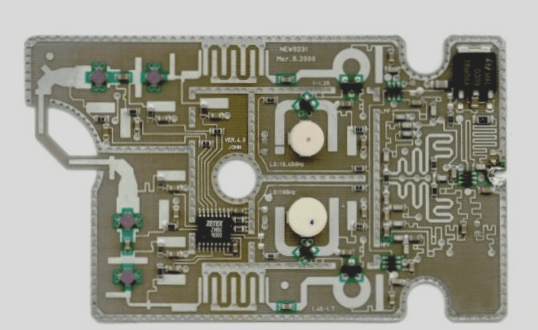The Importance of Surface Quality in PCB Fabrication
Ensuring the surface quality of copper foil is crucial for successful image transfer in PCB fabrication. Before transferring images, it is essential to inspect the copper cylinder for defects like pits, drill scorch marks, or other imperfections. Any unacceptable defects should prompt an immediate halt to the transfer process and the disposal of faulty material. Cleaning the copper cylinder’s surface is vital to guarantee reliable usage.
Preventing Contamination in PCB Manufacturing
Contaminated substrate surfaces are a common issue in PCB manufacturing. To prevent contamination, substrates must be shielded from oil, grease, dust, fingerprints, and harmful particles. Contamination sources can include equipment used for trimming, drilling, die cutting, or air compressor ventilation. Any contamination can compromise the adhesion of photosensitive resin or weaken the bond strength of electroplated copper. Therefore, a thorough cleaning method is essential.
Effective Cleaning Methods
- Manual Cleaning:
- Chemical cleaning
- Degreasing (using steam or water-based substances)
- Machine Cleaning: Chemical Cleaning or Cold Cleaning
Chemical Cleaning Process:
Chemical cleaning involves using concentrated alkaline chemicals to remove oil, grease, and dirt particles from the substrate surface. The substrates are cleaned with alkaline chemicals at specific concentrations and temperatures, followed by rinsing with filtered water and high-pressure water spraying. Neutral or acidic cleaners may be preferred for certain substrates.
Vapor Degreasing Method:
Vapor degreasing uses condensed pure solvent vapor to clean substrates from grease contamination. This method is effective in removing inorganic substances and preparing a clean surface for image transfer. Operators must take precautions due to the toxic nature of solvent vapors.
Additional Degreasing Techniques:
Foaming with a cleaning liquid can effectively remove oil and grease without significant air pollution. Ultrasonic agitation systems in vapor degreasing equipment enhance cleaning effectiveness through sound wave agitation.
Final Steps for Clean PCBs
After cleaning, the board should undergo pickling in hydrochloric acid, followed by a final cleaning with deionized water to avoid impurities. Drying can be achieved with compressed air and an oven. Operators should ensure proper ventilation to prevent inhalation of toxic vapors and maintain safe working conditions.


